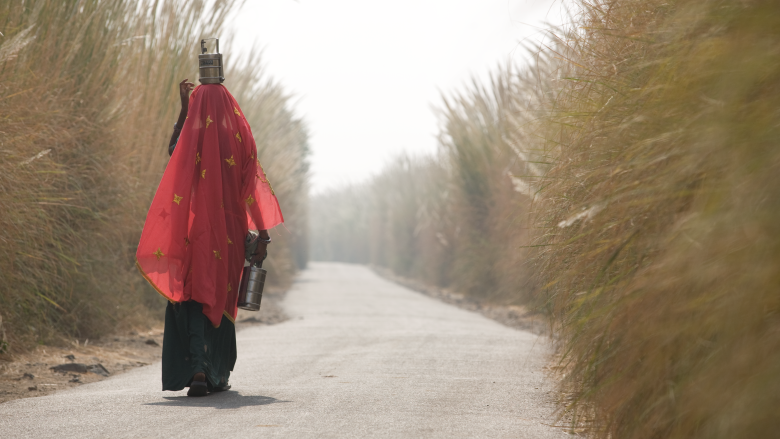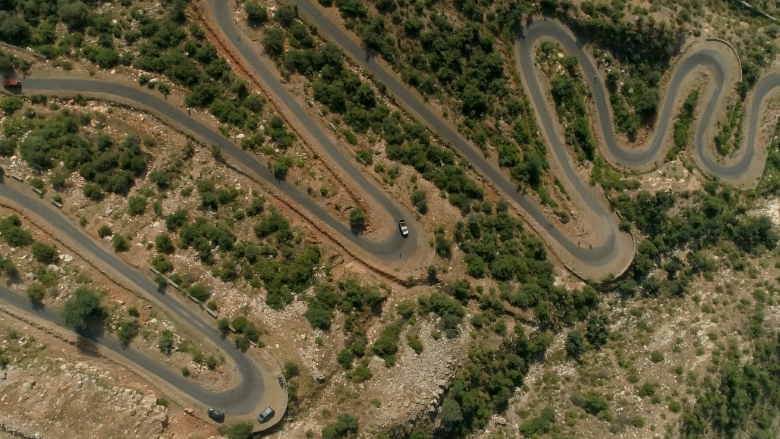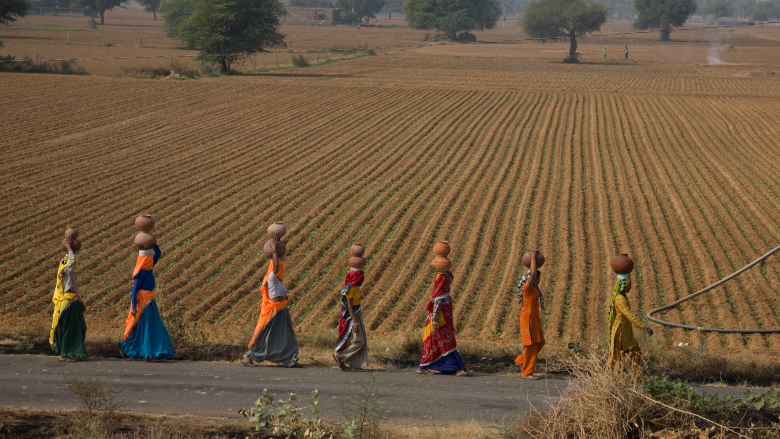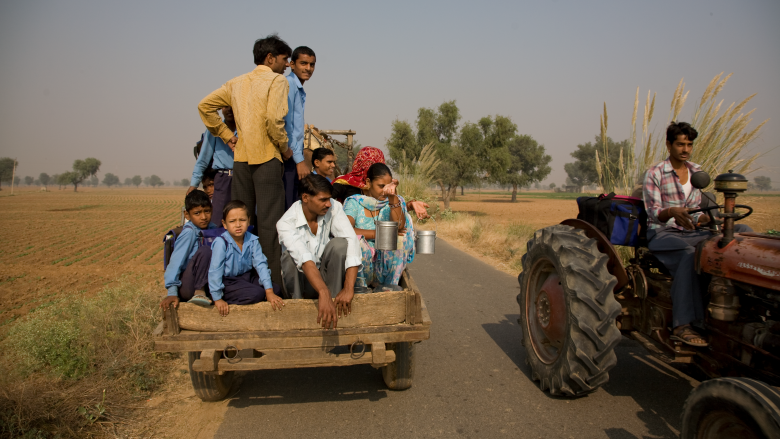Most men in habitations around Sikar district in Rajasthan have been cattle-herders for generations. The sandy and rocky terrain in the area is not ideal for farming, so they focus instead on raising cattle and then selling the animals for profit.
Until a few years ago, negotiating the dirt road near Kalakhet village was a nightmare for cattle-herders such as Baldev Gurjar as they headed out daily to find forage for their cattle. “Covering even short distances of three to four kilometers would take hours,” Baldev says. “We had to cross bushes and sand, and during the monsoons, the unpaved roads were clogged with rainwater as well as water from farms.”
All that changed with the construction of an all-weather road in 2013. Now, as Baldev prepares to take his cattle out in the morning, his face fills with pride as he loads the animals into his new pick-up van.
Access to schools and hospitals
School teacher Shikha Rani in Mandha Majra village of Alwar district exemplifies how the new roads have changed lives. Rani, who holds a Master’s degree in Arts, remembers the difficulties she and others like her faced in getting an education when the unpaved road to her village would fill up with rainwater. “Girls especially did not go to school in my village,” she says of the situation eight years ago. Earlier, children had to walk several kilometers to get to the nearest school and needed an escort to accompany them for safety reasons.
Bhaguri Devi of Bhagwa village is the proud mother of two sons, both of whom go to college in Sikar and in Udaipurvati. She herself is an Aanganwadi worker and is also studying for her Class 10 exams. She remembers how, earlier, women in labour had to be carried on cots or on camel carts to the nearest hospital, often resulting in their death. Now one can call for an ambulance or a private car to transport the sick. Medicines, vaccinations and other medical help for women and children now reach the village easily.
she says.
These are beneficiaries of the World Bank’s Rural Roads Project-II which supports the central government’s flagship program Pradhan Mantri Gram Sadak Yojana (PMGSY RRP-II).




